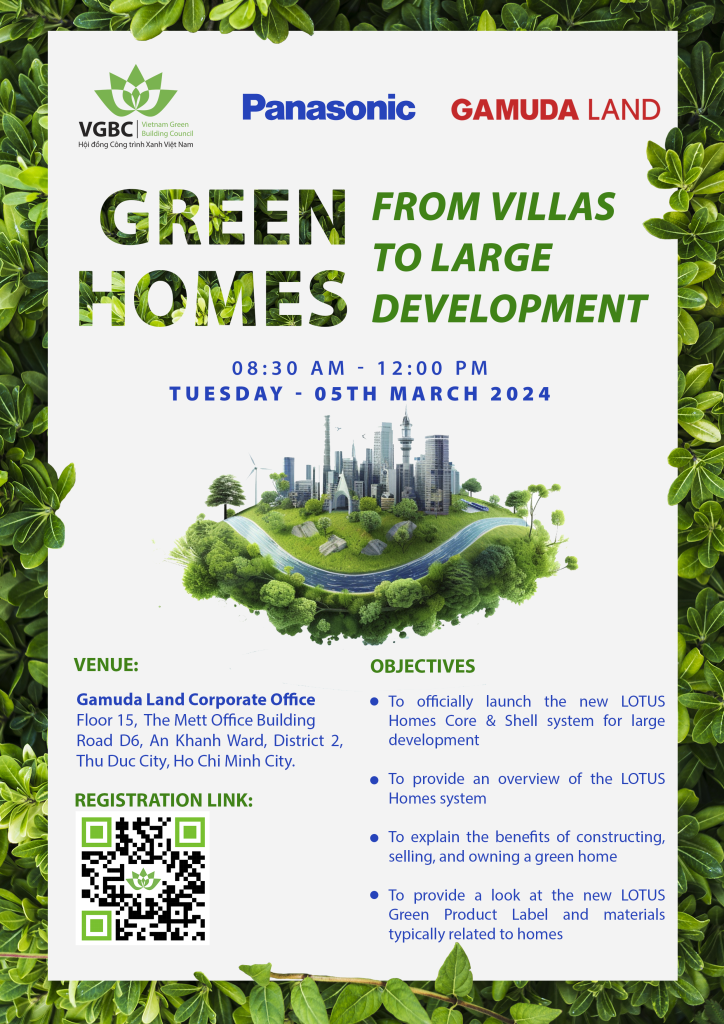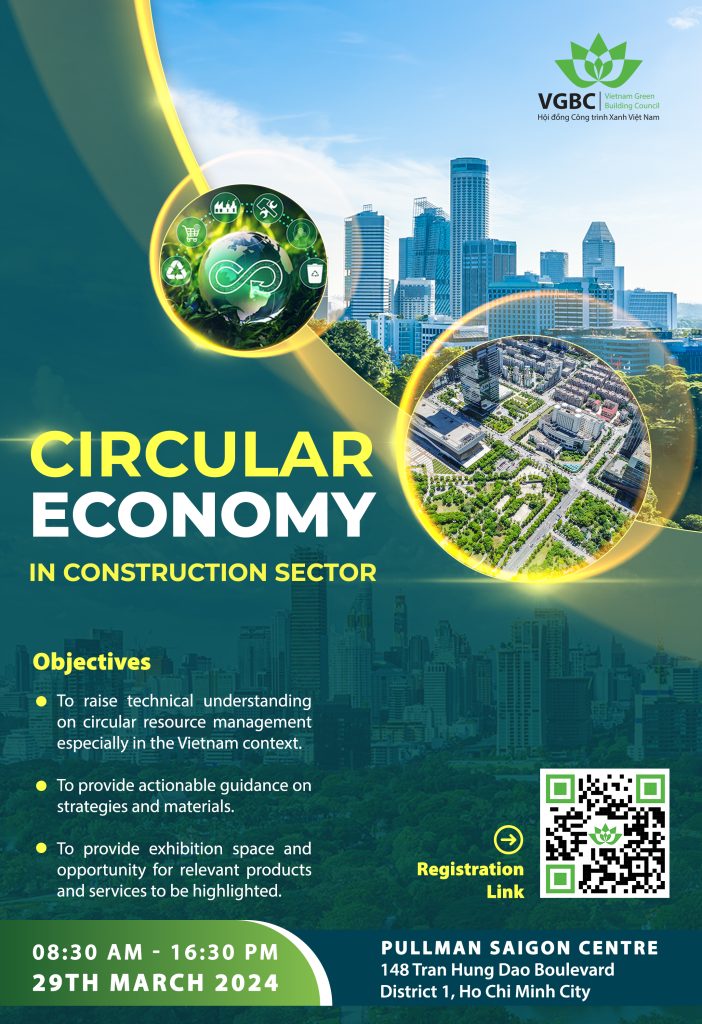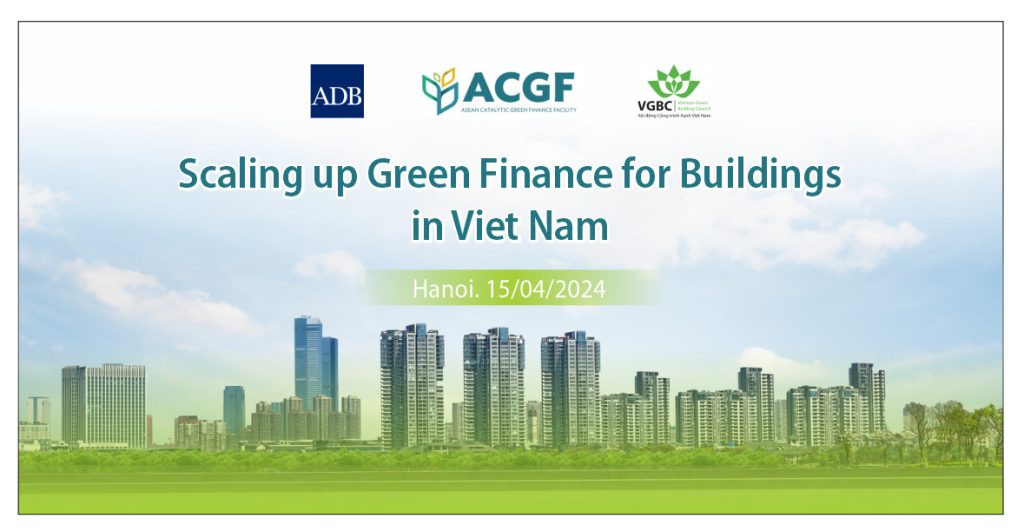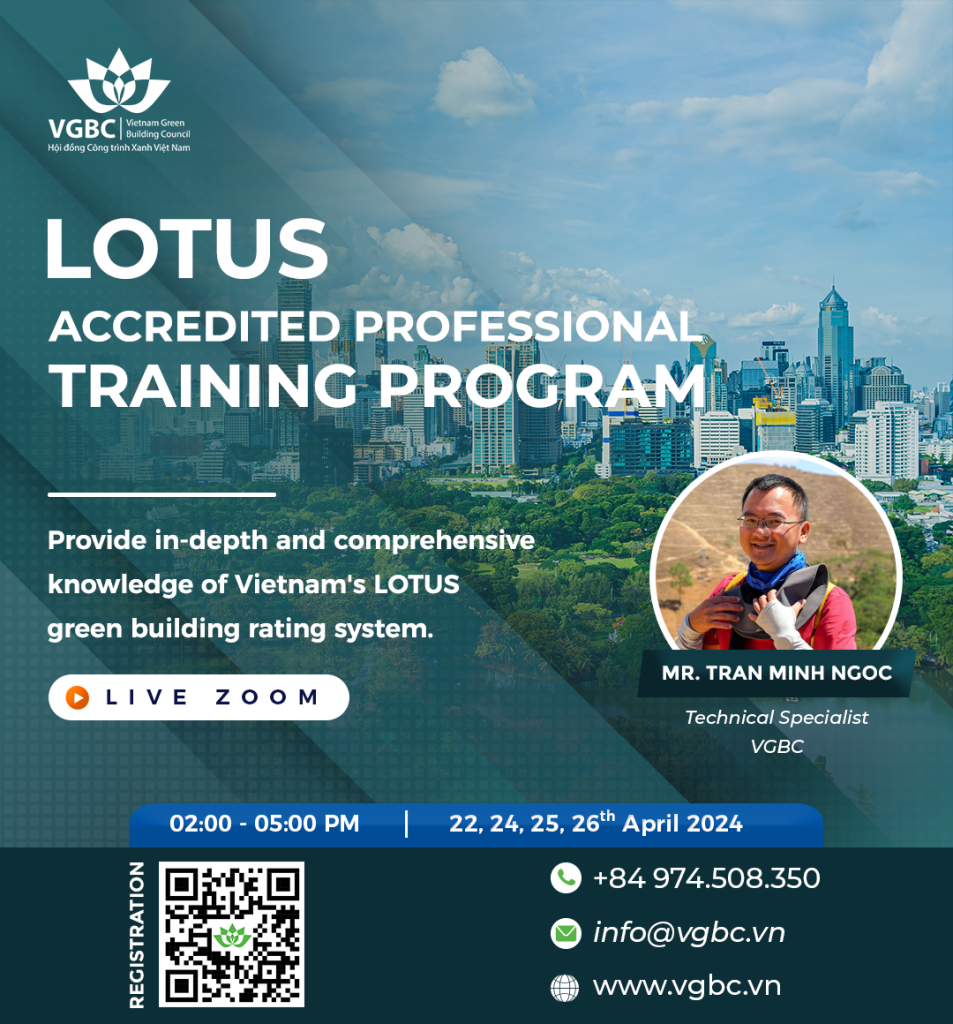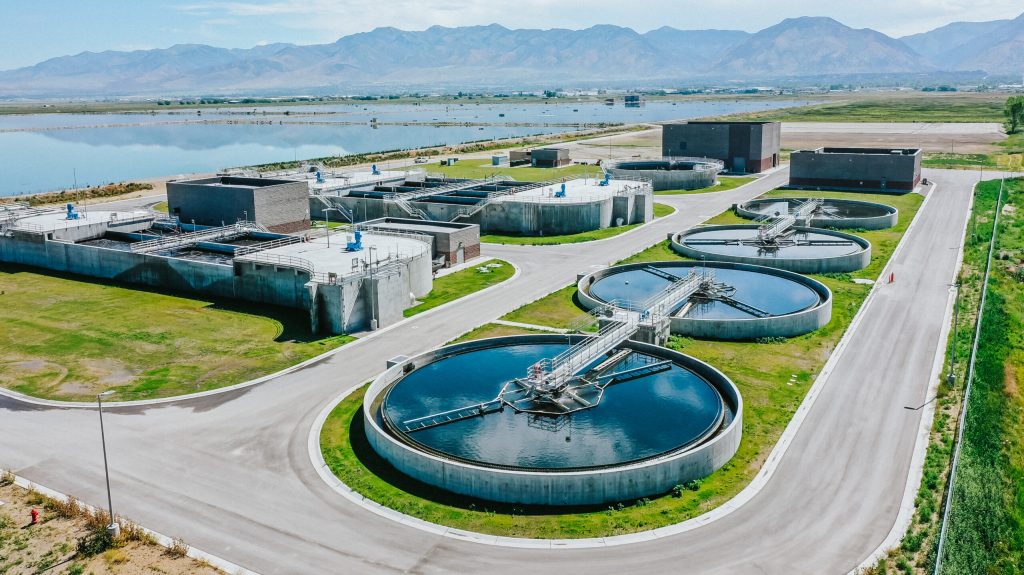1. What’s the general market trend of green building in South Korea?
The Korea green building market has been slow in the past and has just recently showed signs of increased activity since 2013 when the green building regulations in Korea have been strengthened. For example, about 50% of all new construction in 2015 (in terms of Gross Floor Area) in Seoul area were G-SEED certified. G-SEED is Korea’s local green building certification system similar in many ways to the major categories of the US LEED system.
2. What have been the strongest drivers to the sudden jump in green building adoption rate?
The main driving force behind this green building activity growth has been the nation’s strengthened building codes in 2013. For all public buildings in Korea:
– Total Energy Consumption Law was strengthened where new construction of office buildings over 3,000m2 must be designed to consume less than 280 kWh/m2a. Energy modelling results need to be submitted to obtain building permits.
– Must receive above Grade 2 of G-SEED Certification (new construction and large renovations for office buildings larger than 3,000m2) and, in Seoul, the local government has required all public and private new construction of office buildings larger than 3,000m2.
– And, recently, there is talk that this law will be further strengthened to include even smaller office buildings up to 500m2 and larger.
3. One of the biggest hurdles to market adoption of green building has been the perception that green building is “expensive”. Is there a strong business case for real estate investors to embrace “green”?
Our top priority is to build such a business case for real estate investors and developers. We are now in the process to develop a report and series of updates to include success case studies of green buildings that are financially attractive investments. Besides, the key success factors to make a business case lies primarily in the process of linking green features to the real estate valuation model. We are catering our message specifically towards CFOs and real estate investors who speak in terms of Net Operating Income (NOI) and Internal Rate of Return (IRR) and not long term paybacks and Life Cycle Costs. Our JW Marriott Dongdaemun hotel new construction project was designed with energy modelling to achieve 30% reduction in energy costs without any increase in construction budgets. Developers will no longer be able to afford NOT to build green!

4. What do you think are some of the most effective strategies to control costs in green building?
The most effective strategy is start early in the design process with low cost, no cost passive design strategies to reduce energy loads. The key to linking passive design strategies to the financial model is the building energy modelling tool which can help maximize energy cost savings and minimize upfront first costs to help optimize investment returns.

5. What is your advice to real estate investors and owners to reap the biggest benefits of green building?
In new construction, our advice is not to rush toward getting building permits but spend additional time up front with the architects and engineers to do the proper analysis. Spending a little more time up front will (1) save up front construction costs, i.e., CAPEX (2) save operating expenses in the form of energy bills, i.e., OPEX and (3) can, in fact, finish construction faster in the end by using BIM tools and clash detection analysis in the 3D design models to avoid costly problems and delays before they occur on the site.
For existing buildings, significant energy savings can be achieved just through proper facility management of a building. The New Buildings Institute found that best practices in building maintenance and operations reduce energy use 10 to 20 percent across all climate zones in the United States. One can perform energy audits to determine where additional savings can be made with fast pay backs so that it makes financial sense to perform energy efficiency enhancements.
6. Does the government in South Korea provide any support to the development of green building?
The Korean Government provides several types of incentives:
– Tax incentives of reducing registration taxes 5~15% for new construction. The higher the energy efficiency of the building, the greater the tax cut. The Korean Government also offers a tax cut between 3~15% depending on the level of G-Seed Certification achieved. Generally, these tax cuts in absolute dollars are small.
– The second incentive is relaxed floor-to-area ratio standards. Buildings that are to be built “green” are granted bonus floor area than the existing Building Codes.
– The Government provides low interest loans to building owners performing energy remodelling of their buildings. However, this incentive has not spurred much energy remodelling in Korea yet. Maybe the incentive is not strong enough of a motivator to building owners.
7. What have been the roles of public policy and regulations to green building development in South Korea?
Government incentives are important. However, we want to emphasize that our Business Case for Green Buildings does not factor in any government incentives as part of its “higher profitability for green buildings” analysis. Government incentives can change over time and we did not want our Business Case analysis to be dependent on policy. We wanted to make the claim that we do not have to wait for policy to develop green buildings. We develop green buildings because it is more profitable. As I mentioned earlier, developers will no longer be able to afford NOT to build green!

Mr. Chungha Cha, Vice Chairman of the Korea Green Building Council. His background is 20+ years in finance and investing in real estate. Now, after spending over seven years in the green building sector, he is beginning to understand how to bridge green buildings with profitability. “…I wholeheartedly believe that the key to changing the attitudes of skeptics lies in showing them the financial benefit of sustainable real estate investing…Because I was one of those skeptics.”

 Tiếng Việt
Tiếng Việt
